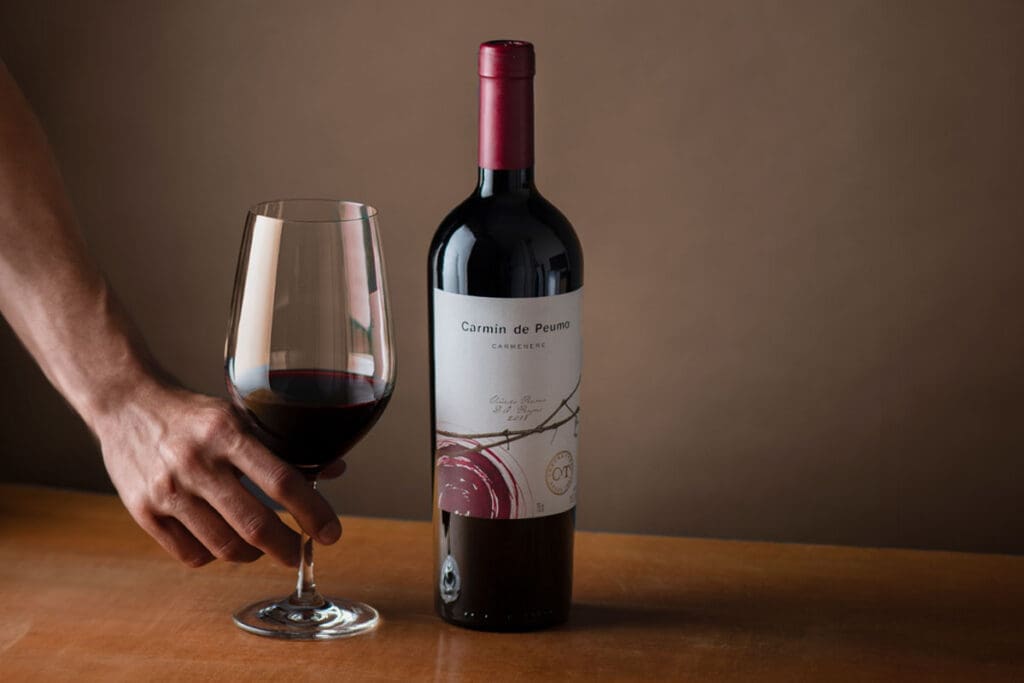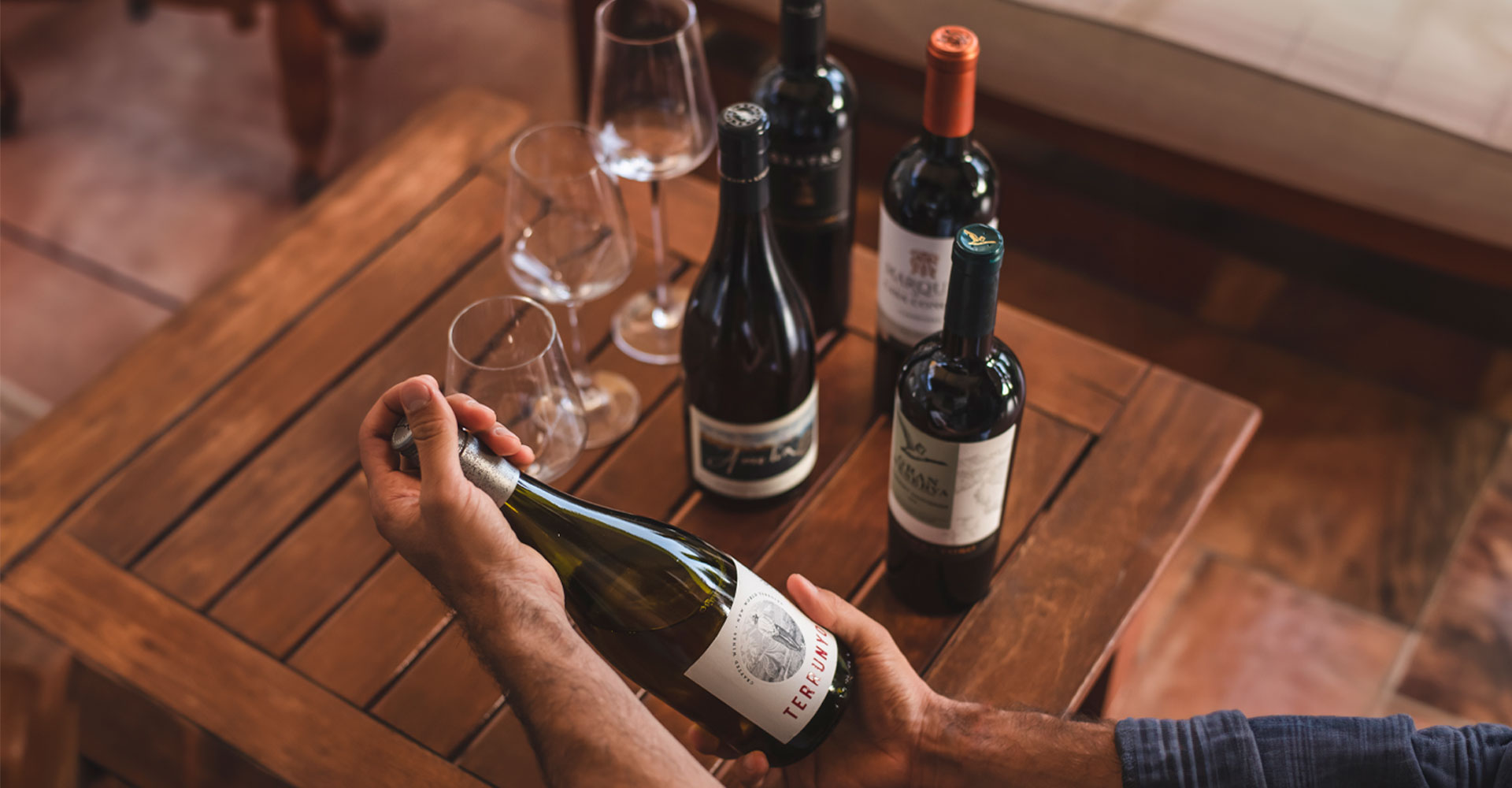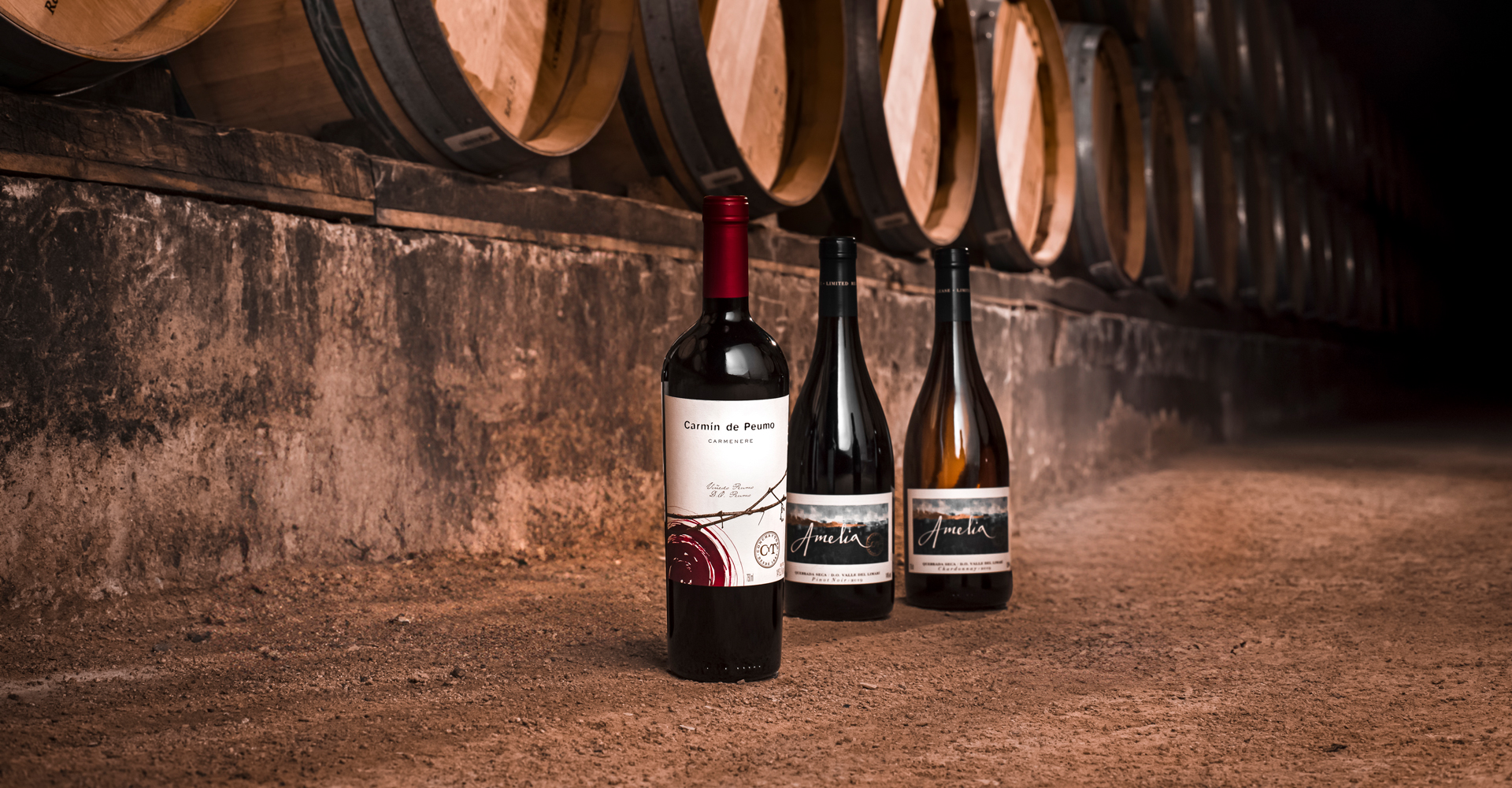25 de June de 2024
What do we refer to as wine body?
Simply put, the body of a wine refers to the way it feels in our mouth. It is determined by the levels of sugar, alcohol, acidity, and tannins in the wine, which give it structure and contribute to its overall body. This means that wines can vary in density.
In the realm of wine, there are three categories for defining and classifying the body of a wine: light, medium, and full. Light-bodied wine feels lighter and less dense in the mouth, with an alcohol level below 12.5%, while full-bodied wine covers every corner of your palate, is more viscous, and has an alcohol level above 14%.
We want to share the impact of each of these factors to better aid you in choosing your next wine. This way, you’ll have more and better information to find what you’re looking for.
Alcohol
The higher the alcohol content in a wine, the stronger the sensation of warmth and fullness on the palate. Experience it for yourself with Carmín de Peumo, a delightful and well-balanced Carmenere with 14.5% alcohol that wraps the mouth in its ripe tannins.

Tannins
Tannins provide astringency and bitterness to wines and are found in the grape seeds and skin. However, some grape varieties, particularly white grapes, contain very few tannins. Meanwhile, in reds, there is a wide range. Casillero del Diablo Cabernet Sauvignon, for example, is a much more tannic and robust-bodied wine compared to Amelia Pinot Noir, which is naturally low in tannins (and therefore a very light wine with a paler color).

Tannins are also present in wood, which is why wines aged in barrels tend to be full-bodied. This is particularly interesting when it comes to Chardonnay. Despite being a white grape with naturally low tannin levels, it is often fermented and aged in barrels. This contact with wood results in Chardonnay being transformed into one of the fullest-bodied white wines.
Acidity
Have you noticed that wines that make you salivate are usually more acidic? This happens, for example, when we drink a glass of a light-bodied wine like Terrunyo Sauvignon Blanc. While when we drink wines with low acidity, we feel that their body is much rounder or fuller.

Sugar
Finally, there’s a factor that is rarely mentioned on wine labels: residual sugar. This refers to the amount of sugar that remains in the wine after fermentation, which affects the sweetness level. Dry wine has a low level of residual sugar, while sweet wine has a high level. In addition, the higher the sugar level, the greater the sensation of density of the wine in our mouth. That is to say, its body will be fuller.










